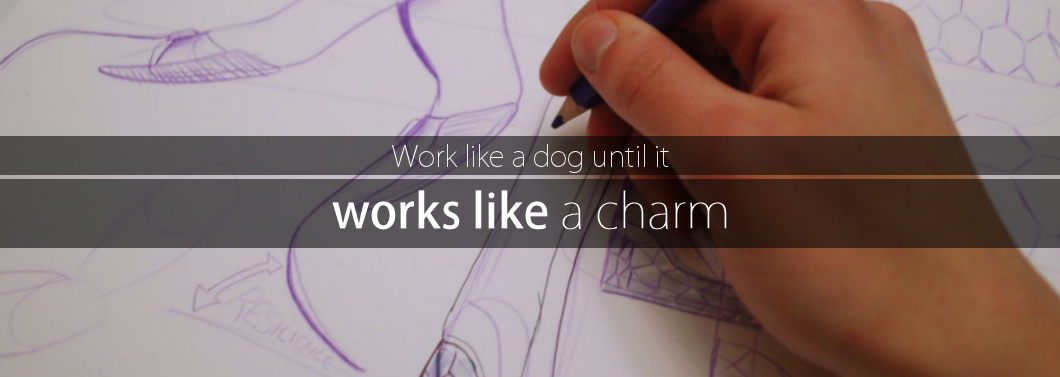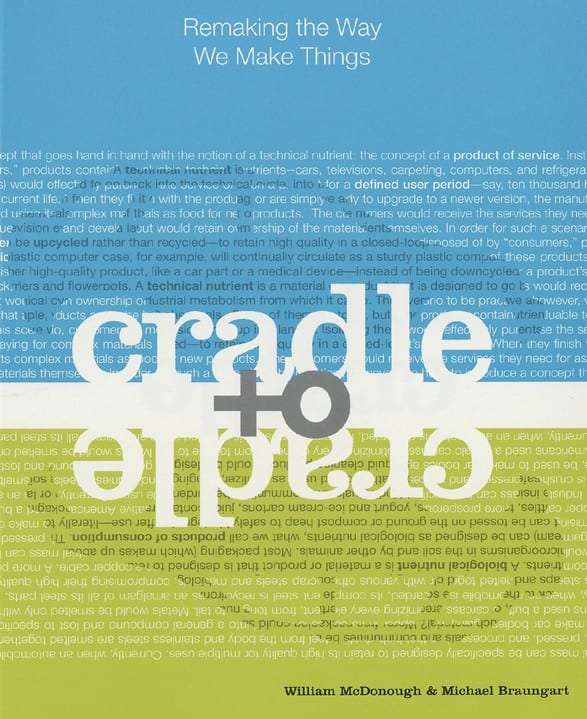Designers Make Great Leaders & Should Play a Leadership Role in Businesses
In 2007, Bruce Nussbaum was a supporter of design thinking. He believed the CEO's and Managers had to learn to be designers and use design thinking methodologies to accomplish business goals (Nussbaum, 2007). It is important to note that some companies have had success with design thinking. The organizations that have shown success however, have had designers as leaders and integrated design thinking at all levels, not as a quick band-aid solution (Tydings, 2012).
Nussbaum argues that design must be fully integrated with business, marketing, and engineering. These faculties must learn from each other at an educational level and continue to integrate at a corporate / real-world level. The debate between commerce and art is of the past, and now is the time to find commonality. That is not to say design should give up it's specialties in visualization and form creation, only to say that it should expand those specialties to include empathy "formalized expression of how it translates empathy to creativity and then to form and experience" (Nussbaum, 2007). Design leaders recognize the value of combining different sources of knowledge. Adam Lowry and Eric Ryan of Method combined sustainable chemistry, business and industrial design to create a successful line of soaps and detergents (Tydings, 2012).
Lou Dorfsman (Former Graphic Designer at CBS) understood the need for a multidisciplinary approach to business and design to employ a successful brand change. He worked with meticulous detail to ensure that a cohesive brand experience from all aspects of the business (including customer experience, architecture and graphic design) (Tydings, 2012).
Presently, many industries are in a state of flux, and business people and designers alike are swept up in the change. Innovation now goes beyond technology, it includes systems and organizations. Design goes beyond form to include methods and ways of thinking, it is forward looking by nature (Nussbaum, 2007). The ability of designers to create intangible design (experience design) is not new; Charles and Ray Eames were specialists in creates processes and systems that were capable of changing and be continuously improved (Tydings, 2012).
Many CEO's and corporate leaders & managers are still believers that design is no more than aesthetics. They understand concepts about innovation, but not design. These attitudes will not survive. Business culture is being radically affected by the changes taking place, and design, technology & innovation are the drivers. Designers are the "sherpas of culture, the guides to community, the empathizers of the odd and foreign." They see these changes as opportunities. It is only with this attitude that companies will be able to survive in this new climate (Nussbaum, 2007).
Design is so popular today mostly because business sees design as connecting it to the consumer populace in a deep, fundamental and honest way. An honest way. If you are in the myth-making business, you don’t need design. You need a great ad agency. But if you are in the authenticity and integrity business then you have to think design. If you are in the co-creation business today—and you’d better be in this age of social networking—then you have to think of design. Indeed, your brand is increasingly shaped and defined by network communities, not your ad agency. Brand manager? Forget about it. Brand curator maybe (Nussbaum, 2007).Modern companies are beginning to understand this need. For example, Citrix, Dyson and Method are modern companies that have successfully integrated design into their business methods; they focus on customer satisfaction and use design to gain a competitive advantage. They are using a similar multidisciplinary, multifaceted approach that was laid out by designers like the Eameses and Dorfsmon (Tydings, 2012).
"Through experience design, multidisciplinary leadership, and design thinking, designers are looking at businesses holistically and using design processes and techniques to drive companies toward more successful innovation. Increasingly, design is affecting more than new products or brand strategy and used to better inform, create and/or shape company strategy and their business models" (Tydings, 2012).
Sources:
Miller, K., & Moultrie, J. (2013). Delineating Design Leaders: A Framework of Design Management Roles in Fashion Retail.Creativity & Innovation Management, 22(2), 161-176. doi:10.1111/caim.12024
Nussbaum, B. (2007) CEOs must be Designers, Not Just Hire Them. Bloomberg Business Week. Retrieved October 21, 2014. From: http://www.businessweek.com/innovate/NussbaumOnDesign/archives/2007/06/ceos_must_be_de.html
Tydings, L. (2012). Why designers will become the Next Generation of CEOs. Triple Pundit. Retrieved October 21, 2014. From: http://www.triplepundit.com/2012/01/designers-will-become-next-gen-ceos/














